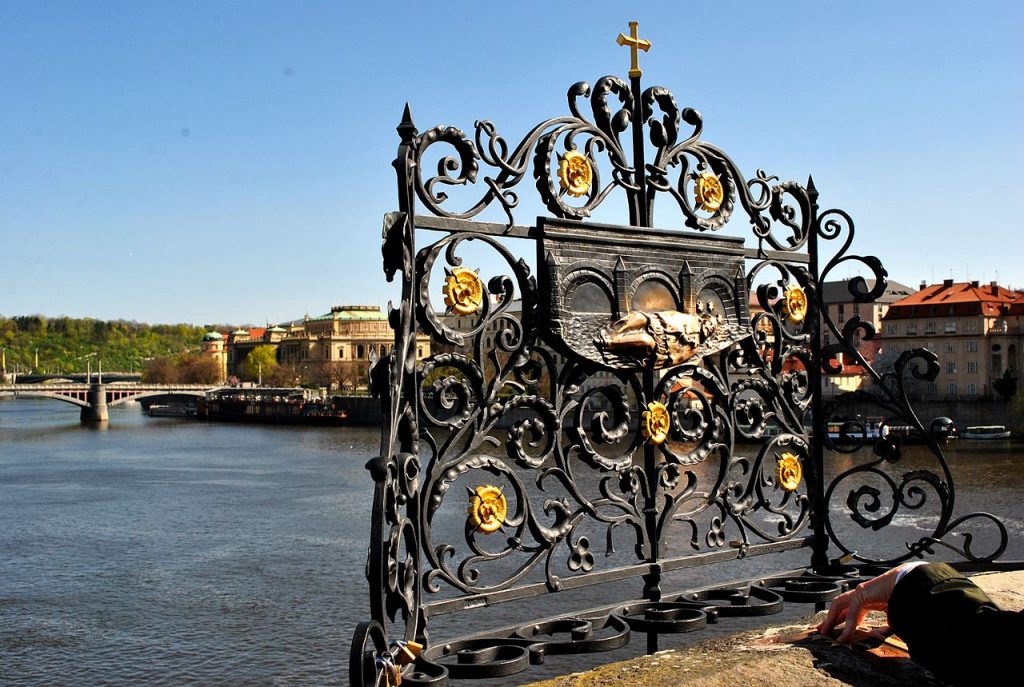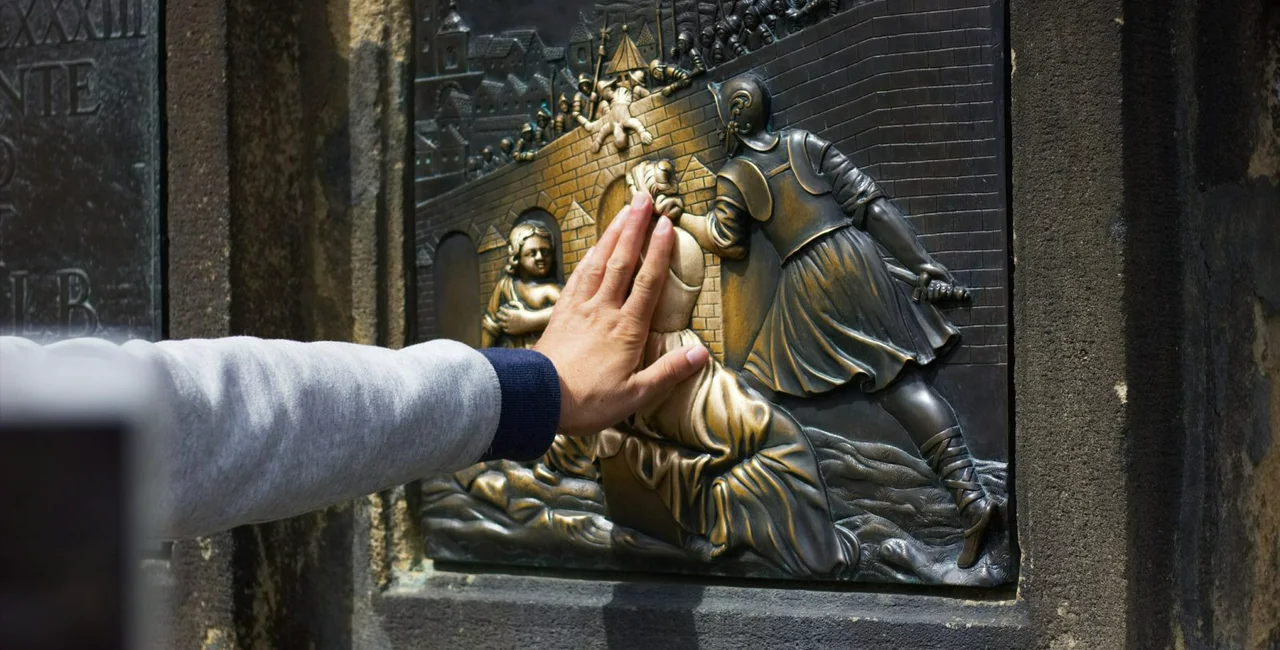It’s a long-held tradition among tourists that touching the Statue of John of Nepomuk, the oldest and only bronze figure on the Charles Bridge, is said to bring good fortune and a swift return to Prague. According to a recent study, it can also bring you a nasty bacterial infection.
Atlas Biomed, a UK-based healthcare company specializing in DNA and gut microbiomes has created the first-ever microbial map of Europe’s iconic monuments, analyzing levels of staphylococcus, xanthomonadaceae, and pseudomonas swabbed from 24 famous statues across 13 cities.
Statues tested include the Juliet Capulet statue in Verona, the Lions in London’s Trafalgar Square, the Oscar Wilde statue by Charing Cross (notable for having the highest bacterial diversity in Europe) and Bender’s Book from Saint Petersburg (found to have the least diverse bacterial brew).

Several monuments from different countries shared similar microbial “signatures”. For instance, London’s Trafalgar Square Lions and Amsterdam’s Bronze Breastplate, which is embedded into a red-light district street, share commons strains. Experts say that it’s due to people’s feet, rather than their hands, touching these icons.
Cities such as Prague where tourists get a little more hands-on with their monuments, saw high rates of staphylococcus, a bacteria known to cause sepsis, conjunctivitis, cystitis, and endocarditis. The St. John Nepomuk statue was found to have one of the highest rates of staphylococcus in Europe. It’s bacterial partner in crime? The Sherlock Holmes statue in London.
Considering some 30,000 people cross the Charles Bridge during the summer season alone, it’s no surprise that the statue is a germaphobe’s nightmare. But the scientists behind the study say they aren’t being alarmist, just advising those who plan to visit a statue (or touch or rub it for luck) to practice good hygiene afterward.

“Don’t rub your eyes after touching a statue, and always wash your hands with clean water and soap after visiting these tourist spots. If that’s not possible, keep tea tree oil in your bag, which is naturally antibacterial,” researchers advise. They also say that just because a bacterium has the potential to make you ill, it doesn’t mean it will.
“The diversity of microorganisms that are present in, on and around humans comprise a significant component of overall health,” says Sergey Musienko, CEO of Atlas Biomed. “There are a lot of factors that enter into this equation, like the quantity of bacteria present and how weak or strong a person’s immune system is.”
Saint John of Nepomuk (1345-1393), was thrown off the Charles Bridge in Prague and drowned at the behest of King Wenceslas of Bohemia. He is the patron saint of bridges.
The statue, created by Jan Brokoff, based on a clay model by Matthias Rauchmiller, was installed in 1683 on the north side of the Charles Bridge in Prague. (The clay model is now on display collection of the National Gallery of Prague.) The statue is said to have been the basis for a number of similar sculpture of saints across Europe.












 Reading time: 2 minutes
Reading time: 2 minutes 





























